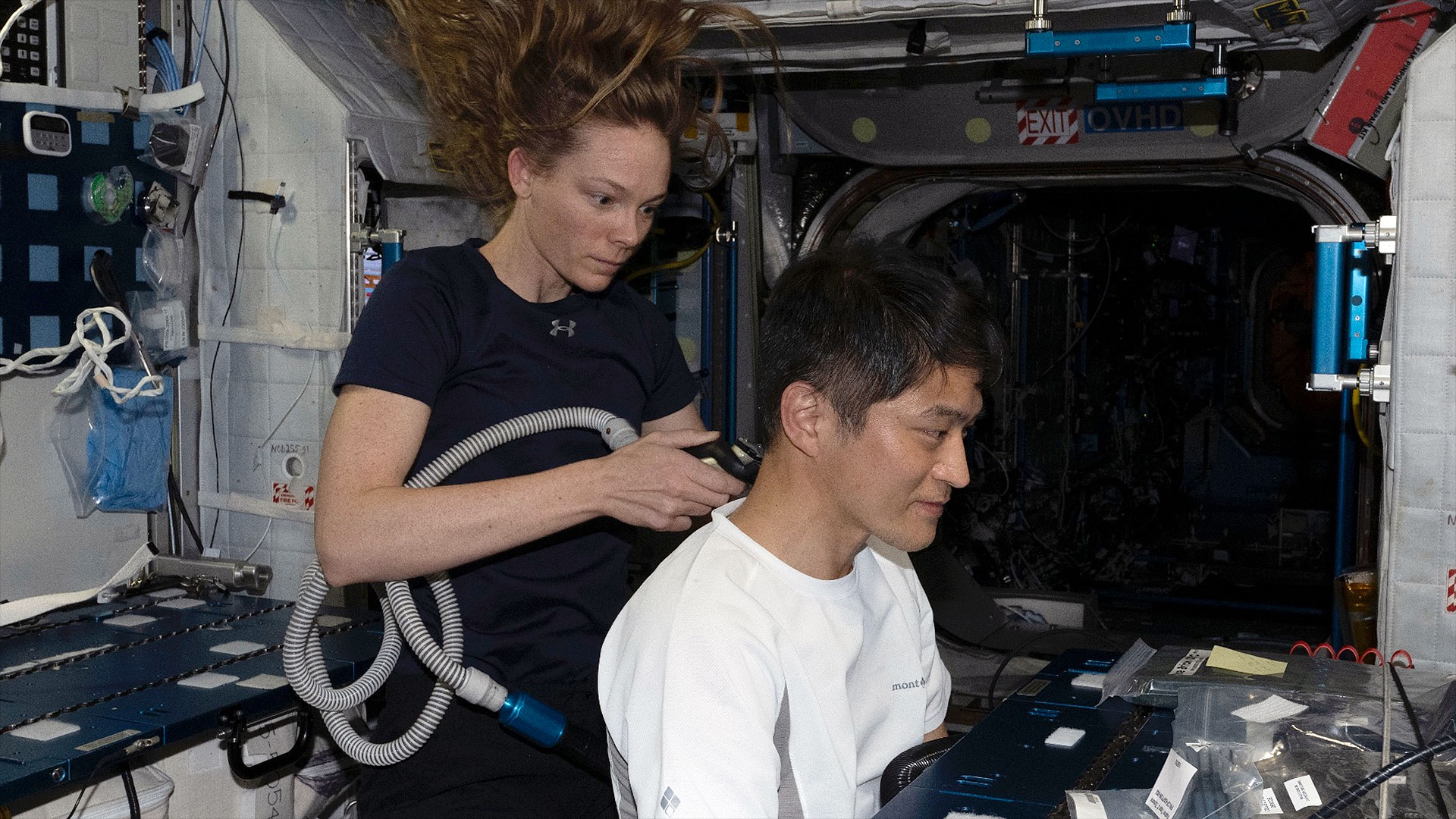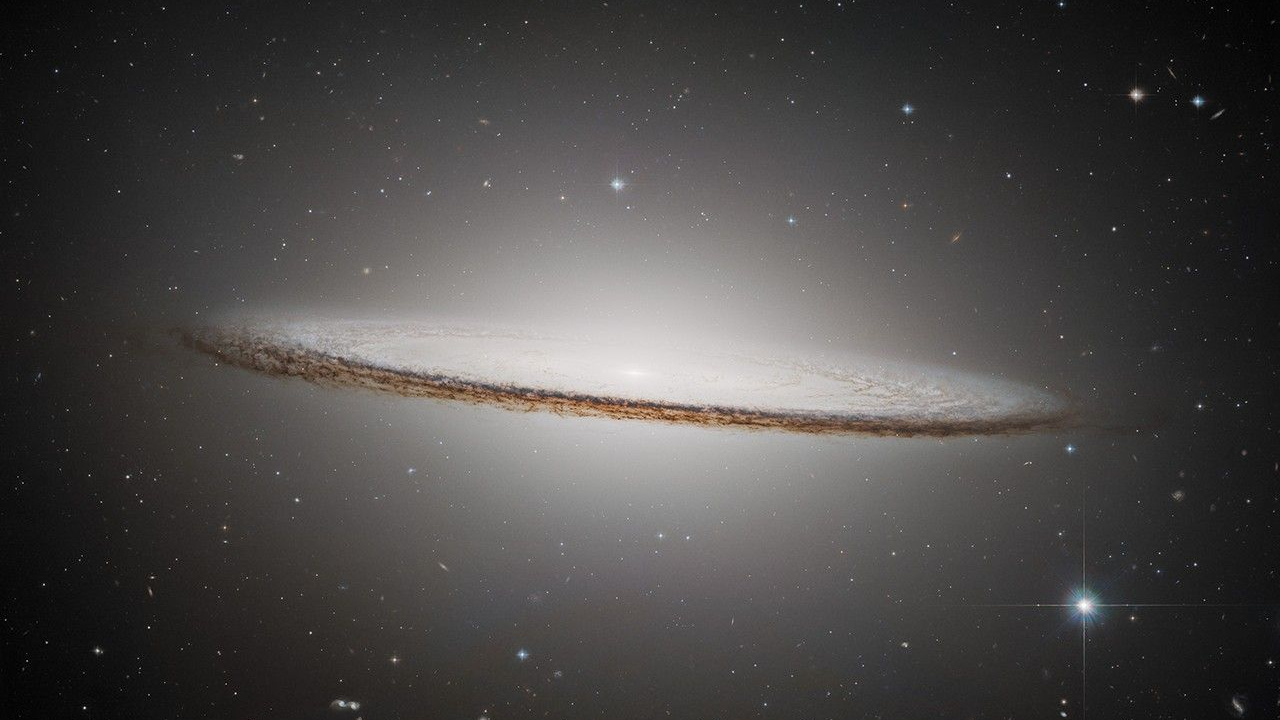On this day in space! April 18, 2014: NASA's LADEE probe crashes into the moon
On April 18, 2014, NASA's Lunar Atmosphere and Dust Environment Explorer (LADEE) ended its mission by crashing into the moon.
On April 18, 2014, NASA's Lunar Atmosphere and Dust Environment Explorer (LADEE) ended its mission by crashing into the moon. LADEE had spent seven months orbiting the moon and studying its exosphere, a thin layer of gas that's kind of like an atmosphere, but the molecules are more spread out.
LADEE conducted a lunar dust experiment in which it collected and analyzed the dust particles floating around in the exosphere. This experiment was intended to help NASA solve the mystery behind the faint glow Apollo astronauts reported seeing on the lunar horizon.

LADEE discovered neon in the exosphere, but it wasn't enough to account for the glow, and the mystery remains unsolved.
When LADEE ran out of fuel, NASA intentionally crashed it into the lunar surface. It was traveling 3,600 miles per hour (5,800 km/h) during the crash and created a crater almost 10 feet (3 meters) wide.
On This Day in Space: See our full 365-day video archive!
Get the Space.com Newsletter
Breaking space news, the latest updates on rocket launches, skywatching events and more!
Join our Space Forums to keep talking space on the latest missions, night sky and more! And if you have a news tip, correction or comment, let us know at: community@space.com.

Hanneke Weitering is a multimedia journalist in the Pacific Northwest reporting on the future of aviation at FutureFlight.aero and Aviation International News and was previously the Editor for Spaceflight and Astronomy news here at Space.com. As an editor with over 10 years of experience in science journalism she has previously written for Scholastic Classroom Magazines, MedPage Today and The Joint Institute for Computational Sciences at Oak Ridge National Laboratory. After studying physics at the University of Tennessee in her hometown of Knoxville, she earned her graduate degree in Science, Health and Environmental Reporting (SHERP) from New York University. Hanneke joined the Space.com team in 2016 as a staff writer and producer, covering topics including spaceflight and astronomy. She currently lives in Seattle, home of the Space Needle, with her cat and two snakes. In her spare time, Hanneke enjoys exploring the Rocky Mountains, basking in nature and looking for dark skies to gaze at the cosmos.
You must confirm your public display name before commenting
Please logout and then login again, you will then be prompted to enter your display name.









